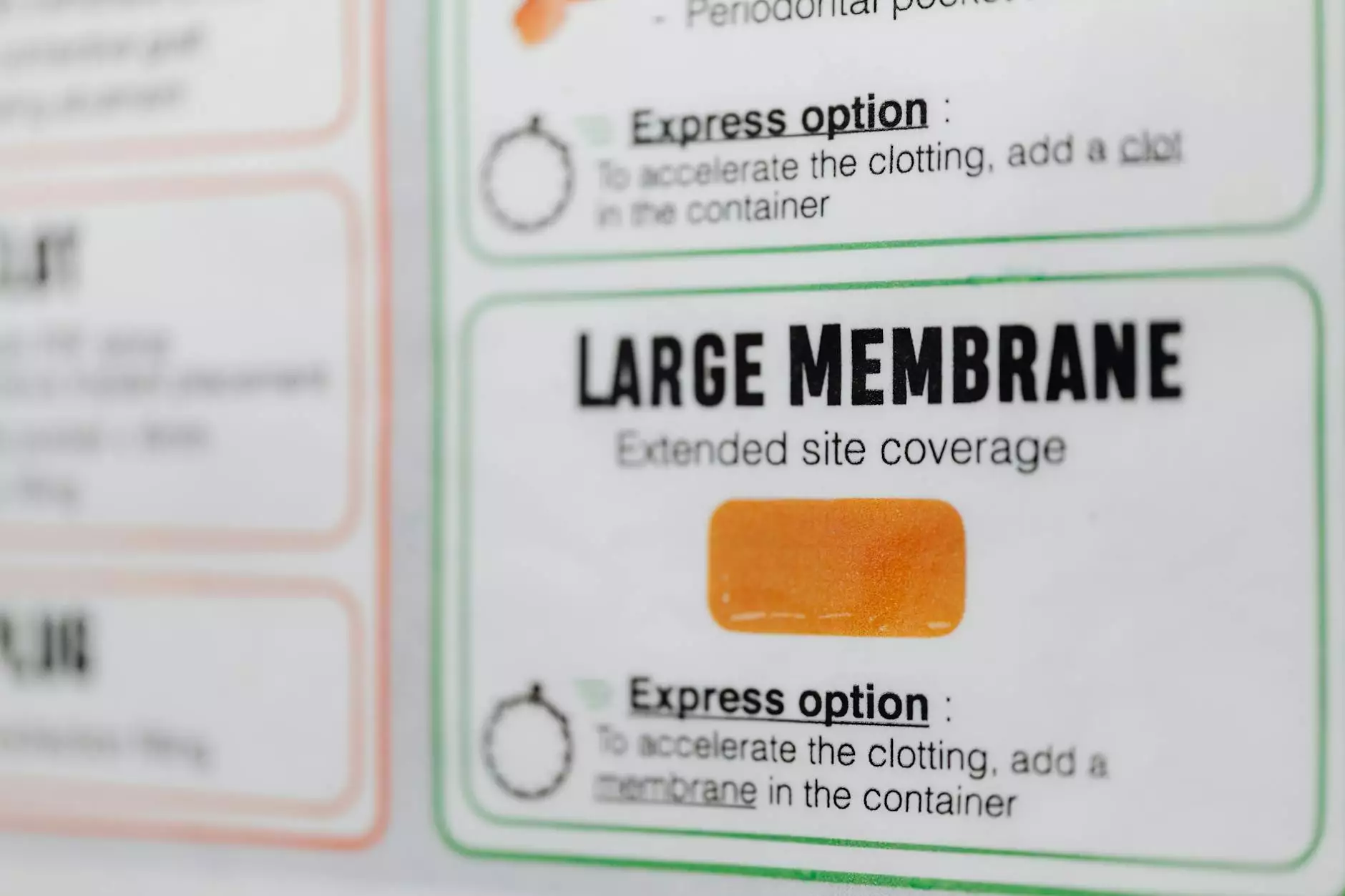Understanding Blood Clots in Your Legs: Causes, Symptoms, and Prevention

Blood clots can be a serious health concern, especially when they occur in the legs. Understanding how do you get blood clots in your legs is crucial for prevention and early intervention. In this comprehensive article, we will explore the various factors that lead to blood clots, the symptoms to watch out for, effective prevention strategies, and when to seek medical attention.
What Is a Blood Clot?
A blood clot, or thrombus, is a gelatinous mass formed by red blood cells, platelets, and fibrin. The clotting process can prevent excessive bleeding when injuries occur; however, if a clot forms inappropriately within a blood vessel, it can block blood flow and create significant health risks.
Understanding the Risk FactorsHow Do You Get Blood Clots in Your Legs?
Blood clots in the legs, known as deep vein thrombosis (DVT), can occur due to several factors:
- Prolonged immobility: Spending long periods sitting or lying down can slow blood flow, leading to clots.
- Injury to blood vessels: Surgery or trauma can damage veins, increasing the risk of clotting.
- Medical conditions: Certain conditions like cancer, heart diseases, or inflammatory diseases can heighten the risk.
- Hormonal changes: Hormone replacement therapies and contraceptive pills can influence blood clotting.
- Obesity: Excess body weight places added pressure on veins, increasing the chances of clots.
- Age: Individuals over the age of 60 are at a higher risk for developing clots.
- Genetic factors: Some individuals have inherited disorders that increase clotting tendency.
Identifying the Symptoms of Blood Clots
Recognizing the symptoms of blood clots in your legs is vital for early intervention. Common symptoms include:
- Swelling: One leg may swell more than the other.
- Pain or tenderness: Often described as a cramp or ache in the affected leg.
- Changes in skin color: The skin over the clot may turn reddish or bluish.
- Warmth in the affected area: You may feel warmth on the leg or around the clot.
It is important to note that not everyone will experience all these symptoms, and some may be very mild. If you suspect you have a blood clot, seek medical attention immediately.
Potential Complications of Blood Clots
If a blood clot in the leg dislodges, it can travel to the lungs, resulting in a serious condition known as a pulmonary embolism (PE). This is a life-threatening emergency characterized by symptoms such as:
- Shortness of breath
- Chest pain
- Coughing up blood
- Lightheadedness or fainting
Effective Prevention Strategies
Knowing how do you get blood clots in your legs can help in implementing prevention strategies. Below are some effective measures to minimize your risk:
- Stay active: Regular physical activity improves circulation and reduces clot risk.
- Move frequently: If you are sitting for long periods, take breaks to stand, stretch, and walk around.
- Wear compression stockings: These help to promote blood flow in your legs.
- Maintain a healthy weight: A balanced diet and regular exercise can help you stay within a healthy weight range.
- Manage underlying health conditions: Work with your doctor to control chronic diseases such as diabetes, heart disease, or hypertension.
- Stay hydrated: Drink plenty of fluids, especially when traveling or in hot weather.
- Avoid smoking: Tobacco use can damage blood vessels and encourage clot formation.
When to Seek Medical Attention
It is crucial to seek medical attention if you experience any symptoms of DVT. Early diagnosis and treatment can prevent complications, including pulmonary embolism. A healthcare professional may perform tests such as:
- Doppler ultrasound: Uses sound waves to visualize blood flow in the veins.
- Anticoagulation tests: Measures how quickly your blood clots.
- CT or MRI scans: Provides detailed images to detect clots in the veins.
Diagnosis and Treatment Options
Your doctor will discuss your symptoms and medical history during the evaluation. If you are diagnosed with a blood clot, treatment may include:
- Anticoagulants: Medications that help prevent further clotting.
- Thrombolytics: Medications that dissolve blood clots quickly in emergencies.
- Compression therapy: Wearing compression stockings to aid in blood flow.
- Surgical procedures: In severe cases, procedures to remove the clot may be necessary.
Living with the Risk of Blood Clots
For individuals who have had previous blood clots, it’s essential to understand ongoing management strategies. Regular follow-ups with healthcare providers can help manage the risk and monitor any new symptoms. Education and awareness about the risks and prevention methods of blood clots can empower individuals to make informed decisions regarding their health.
Conclusion
Understanding how do you get blood clots in your legs is essential in recognizing risk factors, symptoms, and effective prevention strategies. For personalized advice and comprehensive care, reach out to experts at Truffles Vein Specialists. Staying informed, practicing preventive measures, and seeking timely medical intervention can greatly reduce your risk of developing blood clots and the complications associated with them.



